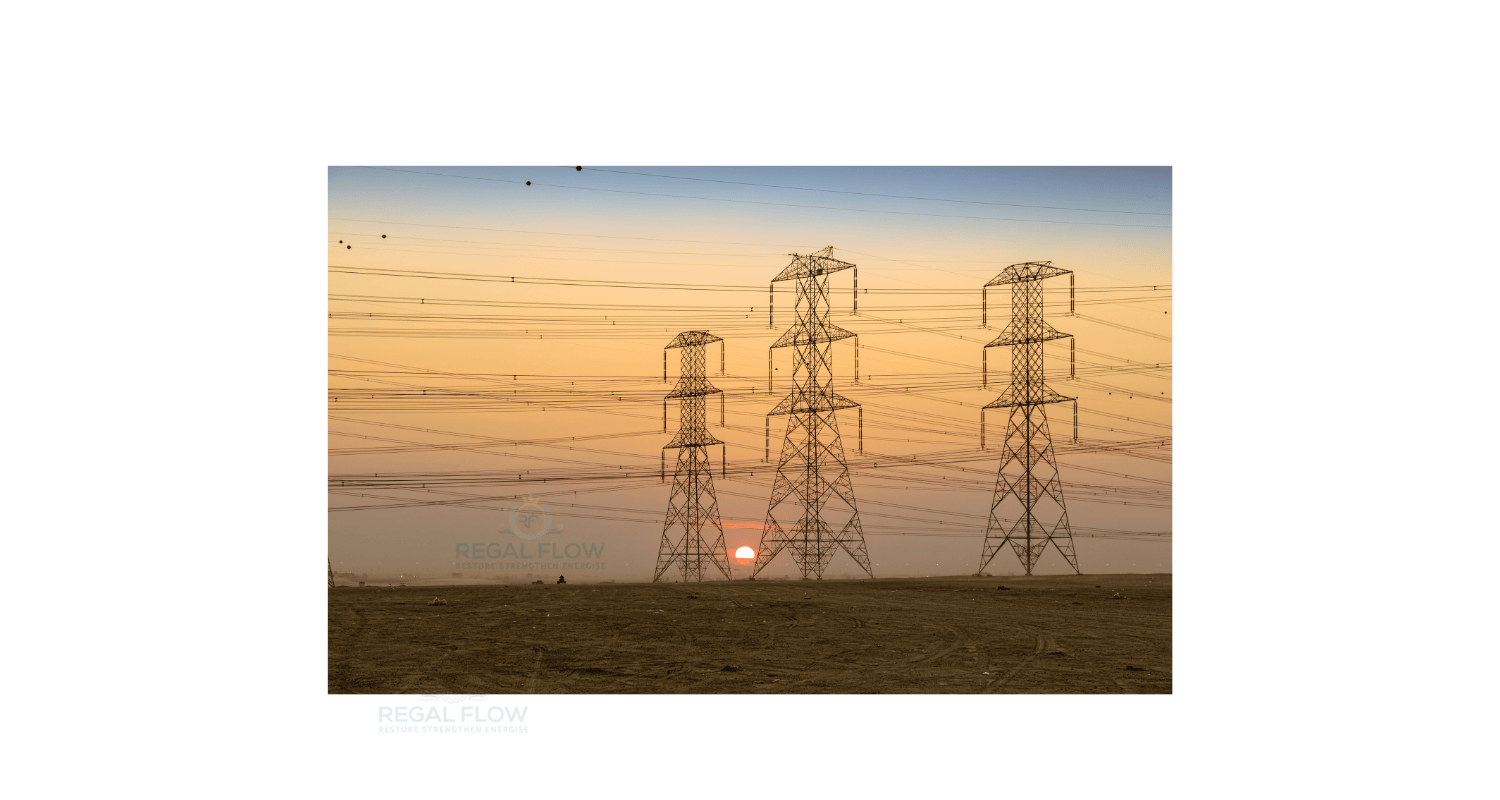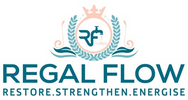
Do Water Softeners Use a Lot of Electricity?
Thinking about a Water Softener but worried about energy use? Modern systems are surprisingly efficient. In this guide, we’ll break down the Environmental & Cost impact—helping you understand how softeners affect your bills and carbon footprint, and whether they’re a smart, sustainable choice for your home.
Understanding the Electrical Needs of Water Softeners
Water softeners aren’t energy hogs, but they do have a few components that plug into your power supply — especially the salt-based systems you’ll find in many British homes.
Components That May Use Electricity
The majority of electricity used by a water softener goes into the regeneration process. That’s the bit where the machine “refreshes” itself to keep softening your water efficiently.
The Control Valve (for Regeneration)
This is the bit that does all the thinking. It controls when the system regenerates based on how much water your household uses. These valves are typically powered by a small electric motor and need a bit of juice to keep things ticking over.
Some Advanced Features (e.g., Wi-Fi)
Some newer models come with bells and whistles like Wi-Fi connectivity, mobile app access, or even touchscreen displays. These are handy for tracking usage or changing settings remotely — though they do sip a little extra power, much like a router or smart thermostat.
Some Home Water Softener Systems do not require electricity. The Scalemaster SL Twin is a perfect recommendation, particularly as it comes with a 5 year warranty.
How Much Electricity Do They Typically Consume?
You might be wondering if these features add up to a shock on your electricity bill. The good news? They don’t.
Generally Low Consumption
Most water softeners only use power during regeneration — which often happens just once every few days and usually overnight. A typical system draws between 30 to 120 watts during this short cycle. To put that into perspective, if your softener regenerates for 1.5 hours every other night, you’re looking at an annual electricity cost of around £10 to £15. That’s less than a pizza night!
Comparison to Other Household Appliances
Still not convinced? Here’s how water softeners compare with some other household gadgets:
| Appliance | Average Power Consumption |
|---|---|
| Water Softener (during regeneration) | 30–120 watts |
| Fridge | 100–200 watts |
| LED TV | 40–100 watts |
| Laptop | 50–150 watts |
| Kettle | 2,000–3,000 watts (short bursts) |
As you can see, your softener quietly gets on with its job without making much of a dent in your energy use.
Factors Affecting Electricity Usage
Not all water softeners are created equal. A few key factors influence how much energy your system might use over time.
Type of Water Softener (Electric vs. Non-Electric)
Traditional salt-based softeners use electricity to run the control valve. But Non-Electric Water Softeners — like those made by Scalemaster — rely on water pressure alone. No plug needed. If cutting back on energy use is high on your list, opting for a non-electric model could be the way to go.
Frequency of Regeneration
The more often your system regenerates, the more electricity it will use. This depends on:
-
Your household water consumption
-
The hardness of your local water supply
-
The size and capacity of your softener
Modern systems use a metered approach, regenerating only when needed. This is much more efficient than older time-based units that regenerate on a fixed schedule — even if it’s not required.
Features of the Control Valve
Smarter valves equal better energy performance. Look out for:
-
Demand-initiated regeneration – it softens only when necessary
-
Programmable timers – perfect for off-peak hours
-
Efficient resin – needs less salt and fewer regenerations
All these features help your system use less power while still delivering soft, scale-free water.
Ways to Minimise Electricity Use (if applicable)
If your softener runs on electricity, there are a few smart steps you can take to reduce usage even further:
-
Adjust your settings – tailor regeneration cycles to your actual water usage
-
Use off-peak times – schedule regenerations at night if you’re on a time-of-use tariff
-
Regular maintenance – clean the brine tank, check for blockages, and top up with the right salt
-
Choose a metered softener – these only regenerate when necessary, saving power and salt
-
Upgrade your model – newer systems are built with energy efficiency in mind
If you’re really focused on reducing energy use, switching to a non-electric model could be your best bet.
Conclusion: Water Softeners are Generally Energy-Efficient
The bottom line? Water softeners are one of the most energy-friendly appliances you’ll own. Even if you’ve got a fully electric model with smart features, the running costs remain low. By choosing an efficient system, adjusting your settings, and keeping it well maintained, you can enjoy all the benefits of soft water without worrying about your electricity bill. So go ahead — protect your pipes, keep your kettle limescale-free, and enjoy smoother skin and hair. Your softener's doing the hard work quietly and cheaply behind the scenes.
🚿 Say goodbye to limescale for good — shop trusted Water Softeners designed for UK homes. Contact us for support on 0121 630 1130 or email us info@regalflow.co.uk or via WhatsApp.
More Water Softener Help
Does a Water Softener Affect Pipes?


Leave a comment